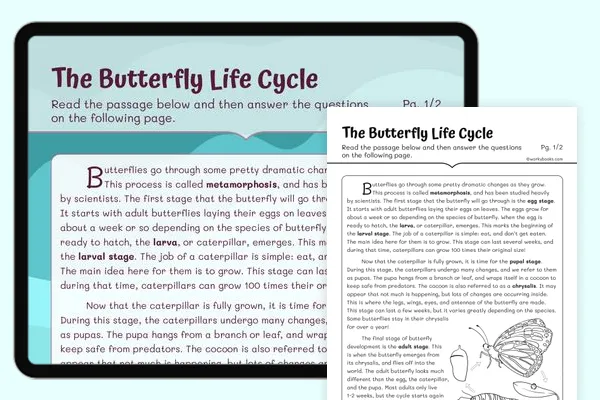The Wise Owl — Reading Comprehension
Grades
- 1
- 2
- 3
Standards
- RI.3.1
- RI.4.4
- RI.4.2
PRINT+DIGITAL RESOURCE
This learning resource is available in interactive and printable formats. The interactive worksheet can be played online and assigned to students. The Printable PDF version can be downloaded and printed for completion by hand.
About This Reader
This engaging first-grade reading passage introduces young learners to the fascinating world of owls, a prime example of nocturnal animals. The text explores key owl adaptations such as their large eyes for enhanced night vision, ability to rotate their heads, and silent flight. It also touches on their diet and hunting habits, mentioning their sharp talons and preference for small prey like mice. The passage is designed to captivate young readers while building their understanding of animal adaptations and nocturnal behavior, aligning with first-grade science and reading comprehension standards.
Perfect For:
👩🏫 Teachers
- • Reading comprehension practice
- • Auto-graded assessments
- • Literacy skill development
👨👩👧👦 Parents
- • Reading practice at home
- • Comprehension improvement
- • Educational reading time
🏠 Homeschoolers
- • Reading curriculum support
- • Independent reading practice
- • Progress monitoring
Reading Features:
📖
Reading Passage
Engaging fiction or nonfiction text
❓
Comprehension Quiz
Auto-graded questions
📊
Instant Feedback
Immediate results and scoring
📄
Printable Version
Download for offline reading
🔊
Read Aloud
Voice-over with word highlighting






















